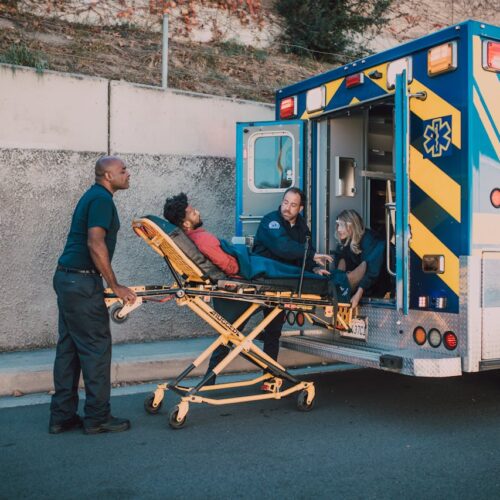
White House Invests $700 Million to Fight the Spread of COVID-19 in Prisons and Jails
Today, the Biden administration announced it would allocate $700 million for COVID-19 detection and mitigation activities in confinement facilities, such as prisons and jails. This amount will be drawn from a larger pool of funding, following an announcement last week that the White House would be investing $1.6 billion for increased efforts to combat the coronavirus pandemic, including in congregate settings.
This latest announcement comes at a critical time, as weekly COVID-19 infection rates in the United States continue to climb. The funding will come out of the American Rescue Plan (ARP), the $1.9 trillion federal stimulus aimed at addressing the economic and public health consequences of the pandemic. The ARP already allocates almost $50 billion for COVID-19 testing, mitigation, and tracing activities; however, in light of the increased risk to people in confined and group settings, this influx of greater resources and funding will be crucial for stopping the spread.
America’s jails and prisons house almost 2 million people, all at serious risk of infection as COVID-19 cases continue to increase. Jails and prisons must rely on congregate settings, and many struggle with overcrowding leaving incarcerated individuals and correctional staff especially vulnerable to the spread of the virus. People in jails and prisons also frequently move into and between facilities. Timely testing provides critical information that can enable officials to mitigate the spread of the virus early. This new influx of funding can be used to not only trace and detect new infections but also to safely reduce the number of people in confinement facilities, including diverting people from confinement, implementing science-based social distancing and quarantine policies and changing confinement release practices.
U.S. states, territories, the District of Columbia, and the eight local jurisdictions with the largest populations are eligible to apply for and receive a portion of the funding based on their share of custodial population. The Centers for Disease Control and Prevention, in partnership with the Department of Justice, has guidance that outlines how jurisdictions can apply and receive funding.
Additional ARP Resources:
- “Get the Latest Information on How American Rescue Plan Resources Can be Used to Advance Justice Goals”
- Our updated digital guide outlines need-to-know insights for state and local leaders about this opportunity to invest in criminal justice initiatives and rethink public safety.
- Please take our five-minute survey to share your community’s plans for using ARP funds to advance safety and justice priorities.
About the Author
In response to growing calls for police reform in New Jersey, particularly following the shootings of Najee Seabrooks…
Read More Three Things to Know About New Jersey’s Groundbreaking Community Response Legislation
Three Things to Know About New Jersey’s Groundbreaking Community Response Legislation
In response to growing calls for police reform in New Jersey, particularly…
Read More Apply Now: Join a Learning Community for Community and Crisis Response Teams to Improve Responses to Youth
Read More
Apply Now: Join a Learning Community for Community and Crisis Response Teams to Improve Responses to Youth
Read More
 Apply Now: Join a Learning Community Focused on Substance Use and Overdose Community Response Programs
Read More
Apply Now: Join a Learning Community Focused on Substance Use and Overdose Community Response Programs
Read More














